Descrição
Introdução
Bem-vindo ao nosso guia completo sobre o Detector de Pig, uma tecnologia crucial na indústria de dutos. Este artigo tem como objetivo fornecer uma compreensão aprofundada do que é um Detector de Pig, como funciona, seus diversos tipos e os inúmeros benefícios e aplicações que apresenta na indústria moderna.
O Detector de Pig, ou Pig Detector, é uma ferramenta inovadora usada para rastrear e monitorar o movimento de ‘pigs’ dentro de dutos. Esses “pigs” são dispositivos especializados implantados para diversos fins, incluindo limpeza de tubulações, inspeção e separação de produtos. À medida que nos aprofundamos no artigo, exploraremos o fascinante mundo dos Pig Detectors e seu impacto transformador nas operações de dutos.
O que é um detector de porco?
Um Detector de Pig, também conhecido como Pig Detector, é uma peça crítica de tecnologia utilizada na indústria de dutos. Este dispositivo foi projetado para detectar, rastrear e monitorar com precisão o movimento de “pigs” dentro de uma tubulação. O termo “pig” neste contexto refere-se a dispositivos que são inseridos e viajam através de tubulações para diversas tarefas operacionais, incluindo limpeza, inspeção e separação de produtos. O Detector de Pig opera de forma intrusiva ou não intrusiva, dependendo do projeto e da aplicação específicos.
O objetivo principal de um Detector de Pig é garantir a operação eficiente e segura dos sistemas de dutos. Ao rastrear com precisão o movimento dos “suínos”, esses detectores fornecem dados essenciais em tempo real, permitindo que os operadores identifiquem quaisquer problemas potenciais, como bloqueios ou mau funcionamento dos suínos. Essas informações ajudam a evitar paralisações dispendiosas e riscos potenciais, melhorando assim a eficiência operacional geral e a segurança dos sistemas de dutos. Compreender o papel e a função de um Detector de Pig é fundamental para avaliar seu valor na indústria de dutos.
Como funciona um detector de porco?
Os princípios por trás de um detector de porco
Basicamente, um Detector de Pig opera com base no princípio de detectar alterações nas propriedades físicas da tubulação, como campo magnético, pressão ou sinais acústicos, induzidas pela passagem de um 'pig'. Esses detectores estão equipados com sensores que podem identificar e responder a essas mudanças. Dependendo do tipo específico de detector, ele pode ser projetado para operar de forma intrusiva, com sensores colocados diretamente dentro da tubulação, ou de forma não intrusiva, com sensores localizados fora da tubulação.
Rastreamento e monitoramento de ‘porcos’ em pipelines
O processo de rastreamento e monitoramento dos ‘pigs’ começa quando esses dispositivos são inseridos no pipeline e iniciam sua jornada. À medida que o “porco” se move ao longo da tubulação, ele induz mudanças nas propriedades físicas que os sensores do Detector de Pig captam. Por exemplo, um detector magnético de porco detectaria mudanças no campo magnético causadas pela passagem de um porco, enquanto um detector acústico captaria sinais sonoros. Esses dados são então processados e retransmitidos aos operadores do gasoduto, fornecendo rastreamento em tempo real da posição e movimento do “pig” dentro do gasoduto. Esta informação é crucial para garantir que o “porco” desempenhe a sua tarefa de forma eficaz e que o sistema de gasodutos esteja a funcionar sem problemas.
Tipos de detector de porco
Tipos de detector de porco
Existem basicamente dois tipos de Detectores de Suínos, categorizados com base em seu método de operação: intrusivos e não intrusivos. Os Detectores Intrusivos de Pig são instalados diretamente dentro da tubulação. Eles funcionam interagindo fisicamente com o “porco” à medida que ele passa pelo gasoduto, acionando um sinal que é retransmitido aos operadores. Os detectores de suínos não intrusivos, por outro lado, são instalados externamente e detectam a presença do “pig” através de alterações nas propriedades físicas, como campo magnético ou sinais acústicos, sem qualquer contato direto com o “pig” ou com o ambiente interno da tubulação.
Comparação de detectores intrusivos e não intrusivos
Cada método de detecção tem suas vantagens e desvantagens. Os detectores intrusivos de suínos são frequentemente elogiados pelo seu alto grau de precisão, pois estão em contato direto com o “porco”. No entanto, a sua natureza invasiva pode introduzir riscos potenciais, tais como problemas de integridade da tubagem ou o próprio detector tornar-se um bloqueio. Além disso, exigem que a tubulação seja despressurizada e aberta para instalação e manutenção, levando a possíveis paralisações. Os detectores de suínos não intrusivos, embora possam não oferecer o mesmo nível de precisão direta que os intrusivos, oferecem vantagens significativas. A sua instalação externa elimina os riscos associados à intrusão nas tubagens e permite um acesso mais fácil para manutenção, reduzindo o tempo de inatividade. Além disso, os avanços na tecnologia melhoraram muito a sua precisão e confiabilidade, tornando-os uma escolha cada vez mais popular em muitas indústrias de dutos.
Benefícios de usar um detector de porco
Benefícios de usar um detector de porco
A utilização de um Detector de Pig em operações de dutos traz uma série de benefícios, principalmente em termos de segurança e eficiência. Ao fornecer rastreamento em tempo real de “pigs” dentro das tubulações, esses detectores permitem que os operadores identifiquem prontamente quaisquer anomalias no movimento dos “pigs”, o que pode indicar problemas como bloqueios ou mau funcionamento. Esta detecção precoce é crucial na prevenção de potenciais acidentes, aumentando assim a segurança geral. Além disso, ao garantir que os “pigs” funcionem conforme pretendido, a Detectors de Pig contribui para a eficiência das operações de oleodutos, minimizando o tempo de inatividade e otimizando o fluxo do produto.
Vantagens do mundo real do Detector de Pig
Em cenários do mundo real, os benefícios de usar um Detector de Pig são claros. Por exemplo, na indústria de petróleo e gás, onde bloqueios de oleodutos podem levar a perdas financeiras significativas e riscos ambientais, o uso de um Detector de Pig fornece uma abordagem proativa para manter a integridade dos oleodutos. Na indústria de tratamento de água, esses detectores podem garantir que os “porcos” de limpeza removam efetivamente depósitos e incrustações, mantendo a eficiência do sistema de tubulação. Em vários setores, o Detector de Pig provou ser uma ferramenta valiosa para aumentar a segurança e a eficiência operacionais.
Aplicações do Detector de Porco
O Detector de Pig encontra aplicações em diversos setores que dependem de sistemas de dutos para suas operações. Estas indústrias incluem, mas não estão limitadas a, o sector do petróleo e do gás, as estações de tratamento de água e a indústria farmacêutica. O traço comum entre essas indústrias é a necessidade de manter a limpeza, segurança e eficiência de suas tubulações, e o Detector de Pig desempenha um papel significativo no cumprimento desses requisitos. No setor de petróleo e gás, o Detector de Pig ajuda a garantir o transporte tranquilo dos produtos, monitorando bloqueios de dutos e possibilitando inspeções de rotina. Nas estações de tratamento de água, estes detectores ajudam a manter a limpeza das tubulações, garantindo o funcionamento eficaz dos ‘pigs’ de limpeza. Nas indústrias de alimentos e bebidas e farmacêutica, onde a higiene das tubulações é crítica, o Detector de Pig ajuda a verificar o sucesso dos ‘pigs’ de sanitização, contribuindo para o controle de qualidade e padrões de segurança. Assim, o Detector de Pig é uma ferramenta versátil que contribui significativamente para a eficiência e segurança em diversos setores.
Conclusão
Em resumo, o Detector de Pig é uma ferramenta crítica na operação e manutenção de sistemas de dutos. Exploramos seu papel como um dispositivo que rastreia e monitora com precisão o movimento de “porcos” dentro dos oleodutos. Esses ‘porcos’ realizam diversas tarefas operacionais, que vão desde a limpeza até a inspeção e separação de produtos. Investigamos os princípios por trás desses detectores, destacando como eles funcionam com base nas mudanças nas propriedades físicas induzidas pelo movimento de um “porco”. Também comparamos os dois principais tipos de detectores, intrusivos e não intrusivos, discutindo as vantagens e desvantagens exclusivas que cada um apresenta.
A importância e relevância do Detector de Pig na sociedade industrialmente avançada de hoje não pode ser exagerada. É uma ferramenta que aumenta substancialmente a segurança e a eficiência, contribuindo significativamente para o bom funcionamento de diversas indústrias que dependem de sistemas de gasodutos, incluindo petróleo e gás, tratamento de água, alimentos e bebidas e produtos farmacêuticos. À medida que a tecnologia evolui, podemos antecipar melhorias e inovações contínuas no design e operação destes detectores, reforçando ainda mais o seu papel integral na indústria moderna.

 English
English العربية
العربية Deutsch
Deutsch Bahasa Indonesia
Bahasa Indonesia Português
Português Русский
Русский Español
Español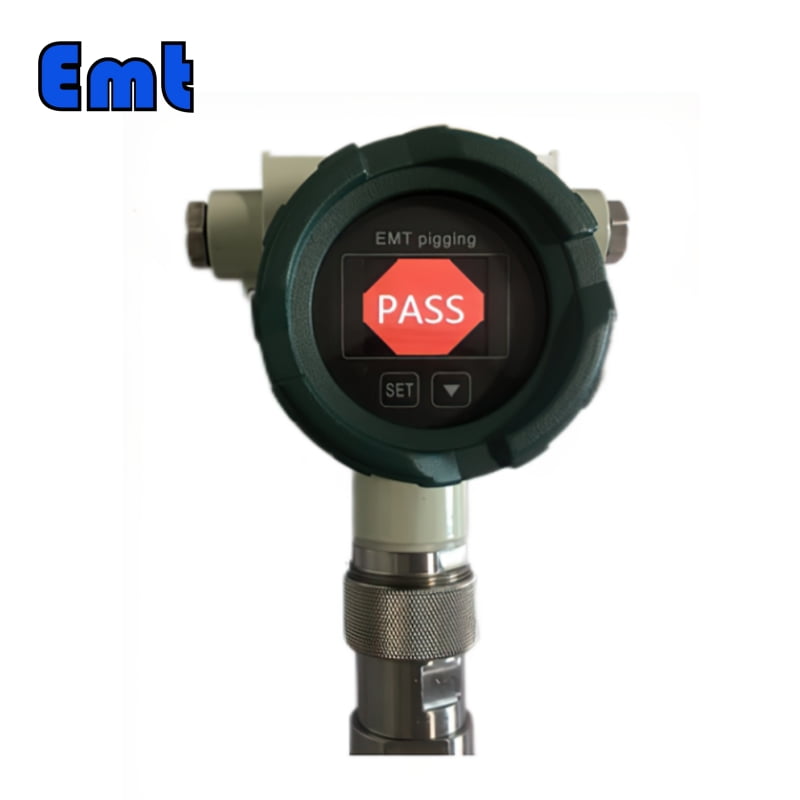
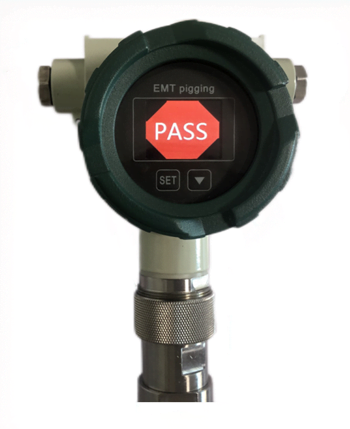
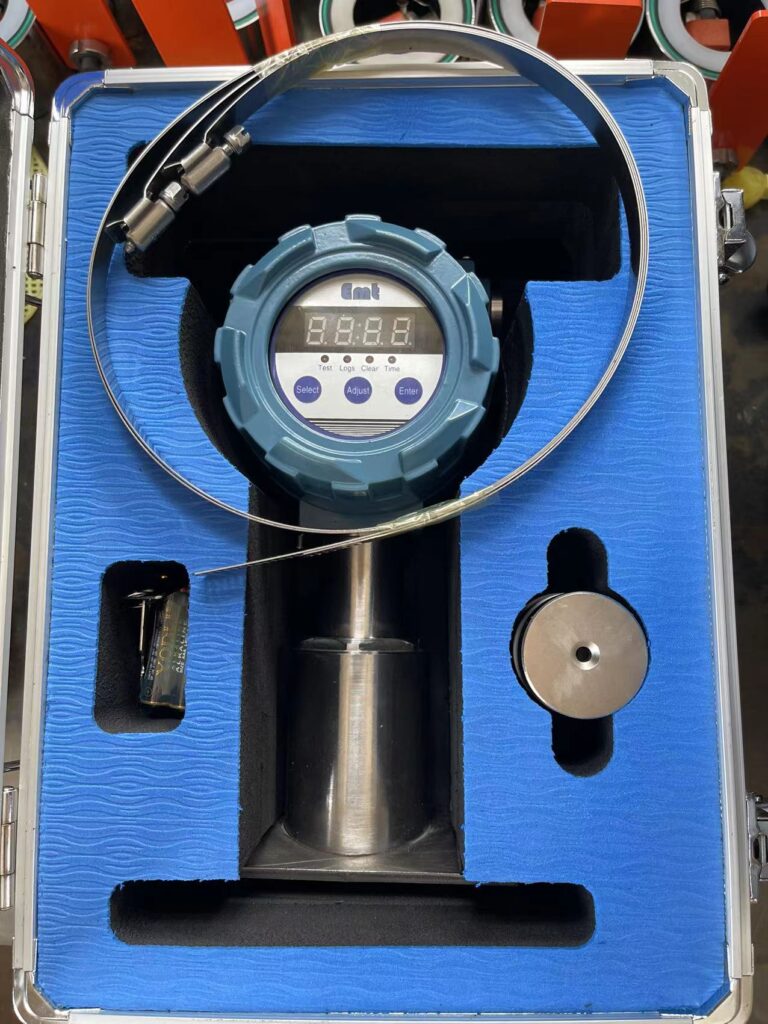
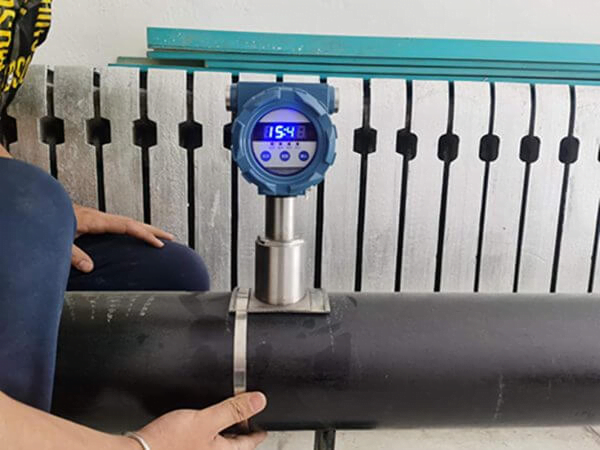
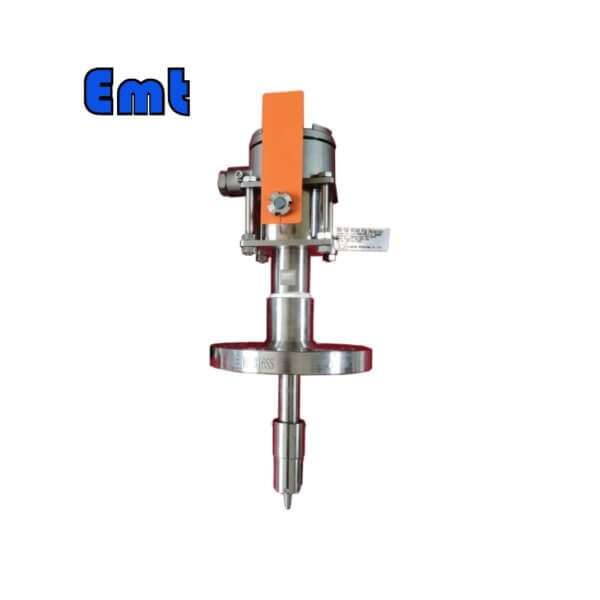
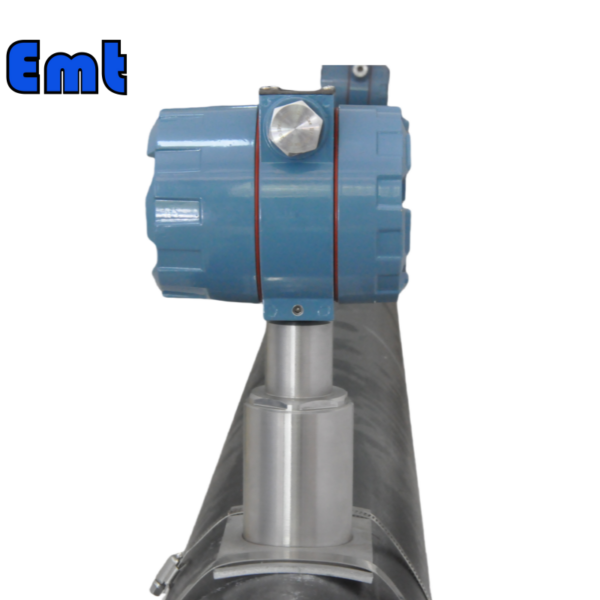
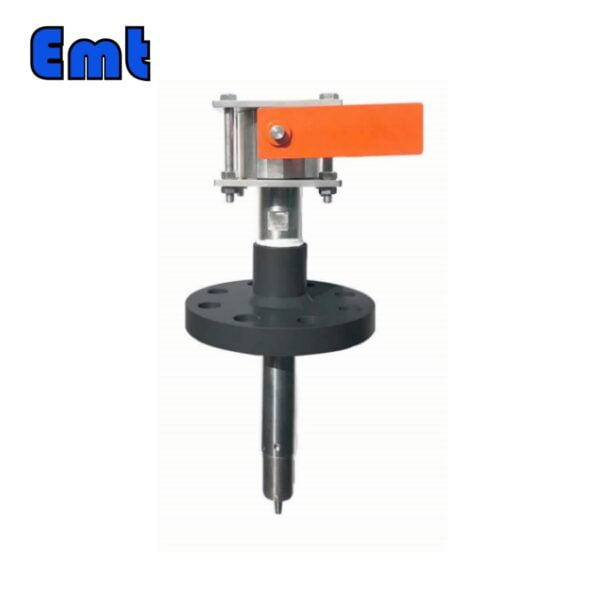

Avaliações
Não há comentários ainda.